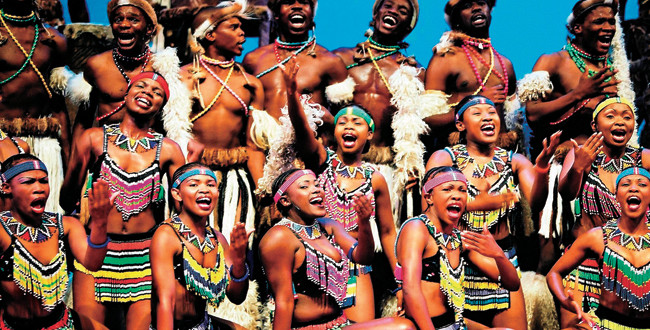The 5th National Seminar of the Musicologists and Folklorists of the USSR was held in Georgia on 27th May – 7th June. The title of the seminar was “Polyphony in Folk Musical Art.” The seminar was organized as a joint venture of the Folklore Commission of the Union of Composers of the Soviet Union (chair – Eduard Alexeev) together with the Union of Composers of Georgia and the Musical-Choreographic Committee of Georgia. Scholarly sessions were organized in different cities of western Georgia. Seminar participants had meetings with numerous local ensembles (according to the official letter, 32 local ensembles), and over 200 songs were performed and recorded by the participants during these performances. Some scholars attended the seminar without the formal paper. Unfortunateley, no papers or abstracts were published. The list of scholars and their papers is as follows:





